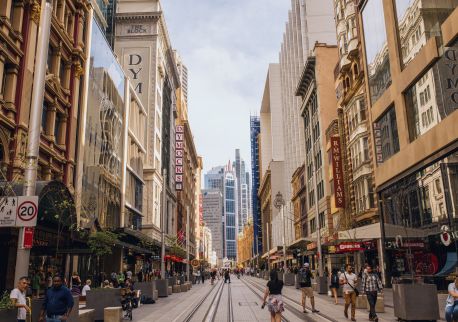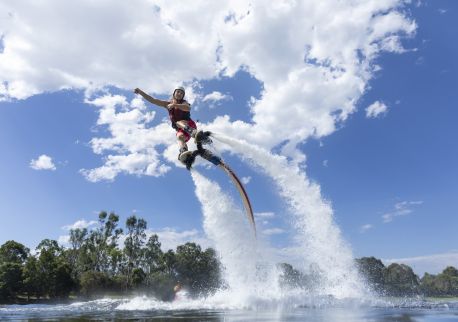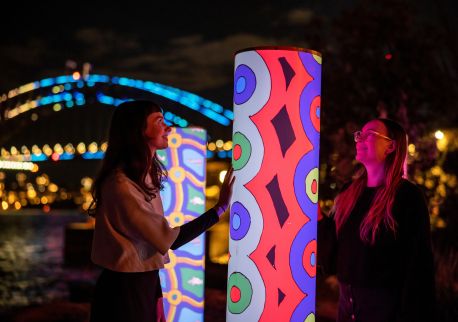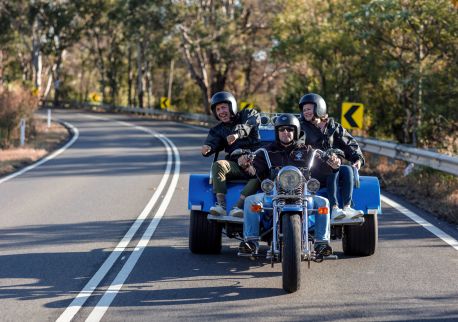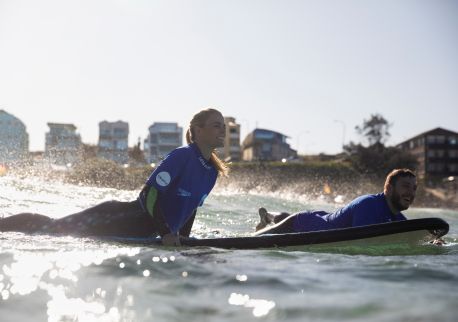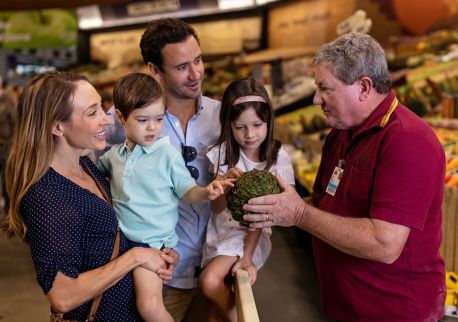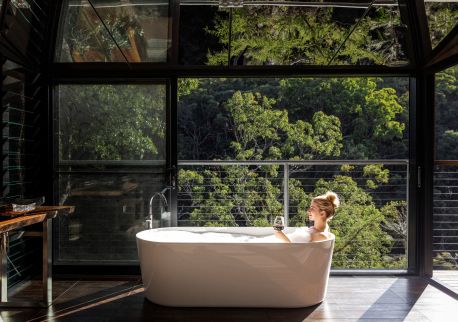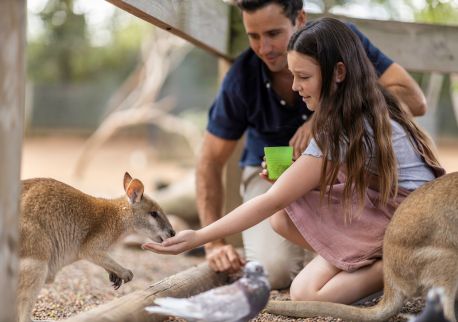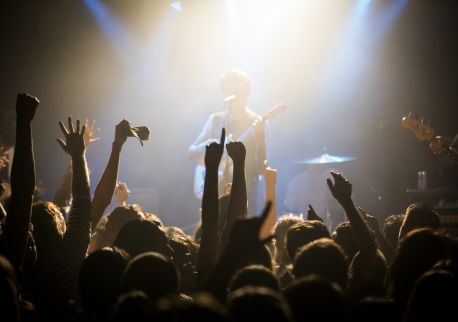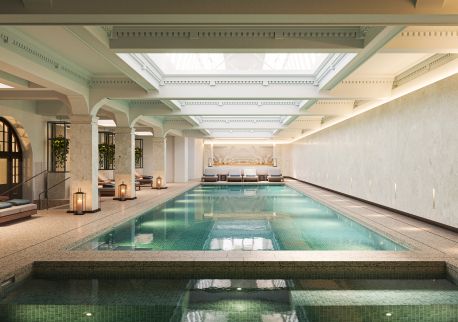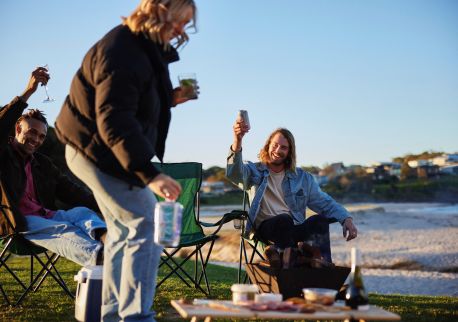iFLY Downunder (Sydney West) Indoor Skydiving
Highlights
Fly inside one of the world's largest glass flight chambers.
Suitable for all ages and abilities, including first-timers.
Overview
Indoor skydiving is the latest in action sports sweeping the globe. iFLY Indoor Skydiving is safe for kids, exciting for teens, thrilling for adults and realistic for skydivers. It is also fully accessible and inclusive for people of almost any ability.
Whether you want to be a master of the sky or simply want to feel what it's like to fly like a superhero, indoor skydiving offers a truly exhilarating and rewarding adventure. Step inside one of the world's largest glass flight chambers where massive wind generators lift you effortlessly into flight on a cushion of air.
Indoor Skydiving is just like the real thing. Serious competitive skydivers use tunnels to refine techniques and fast track their aerobatic abilities.

